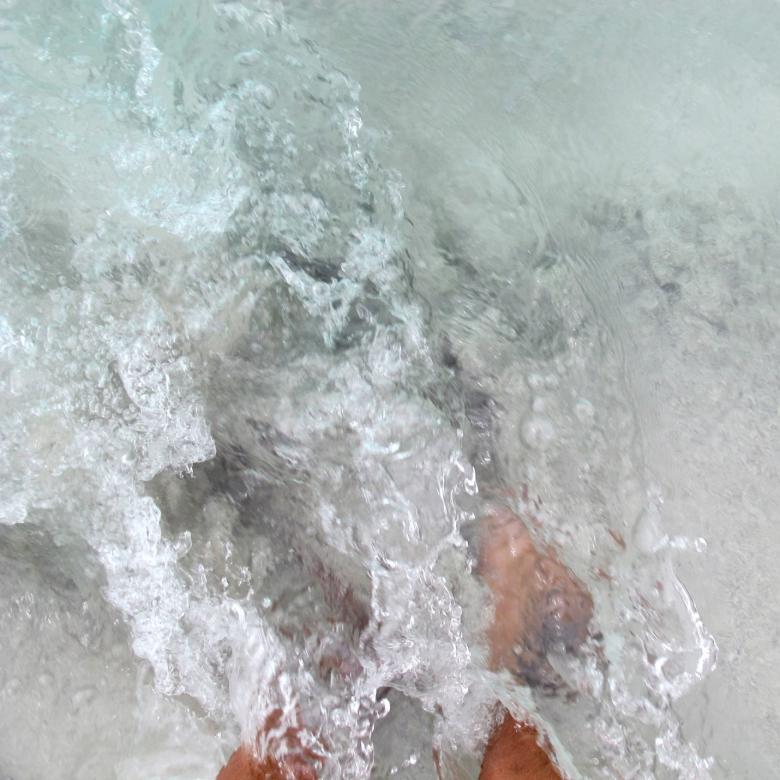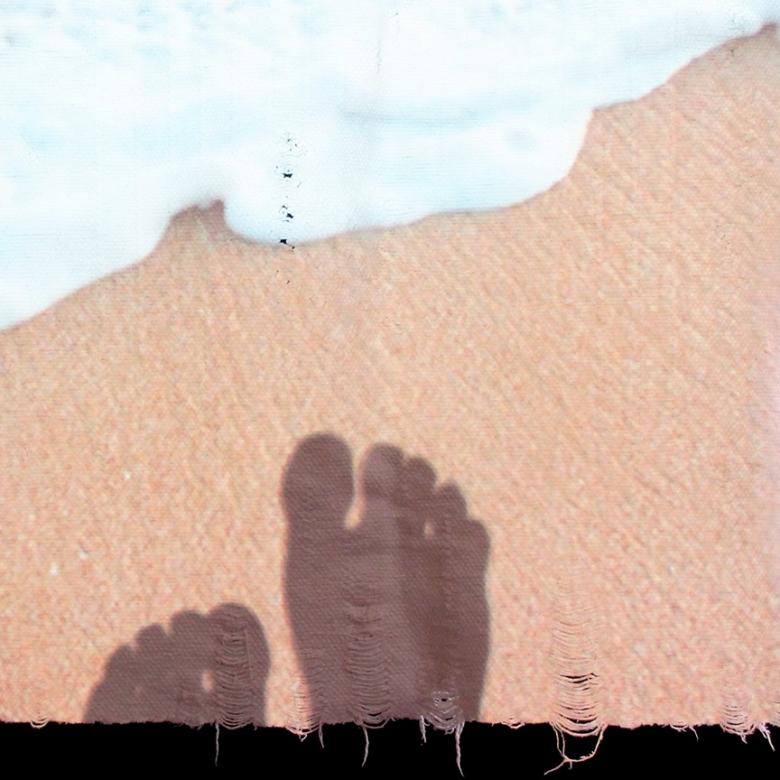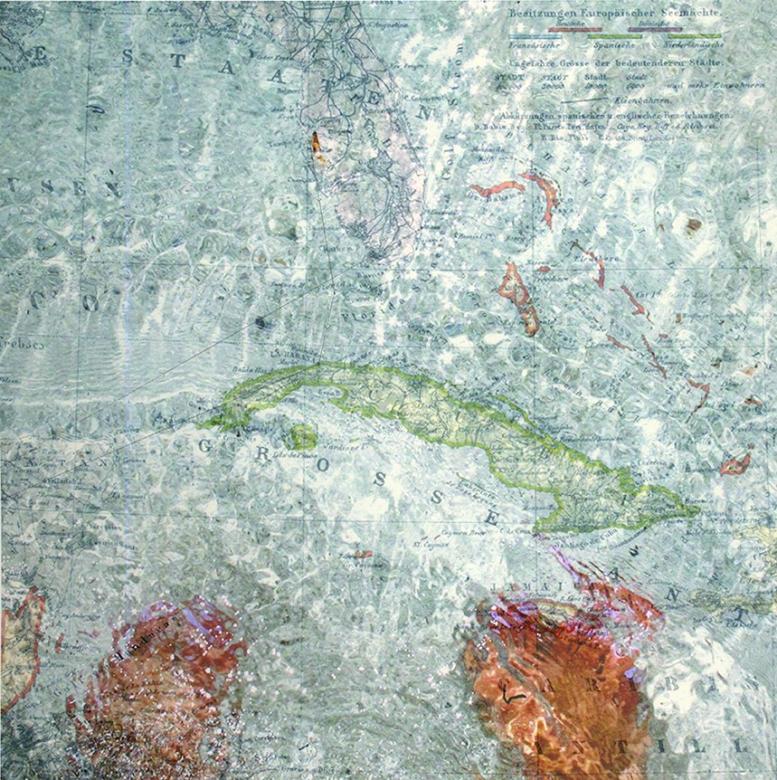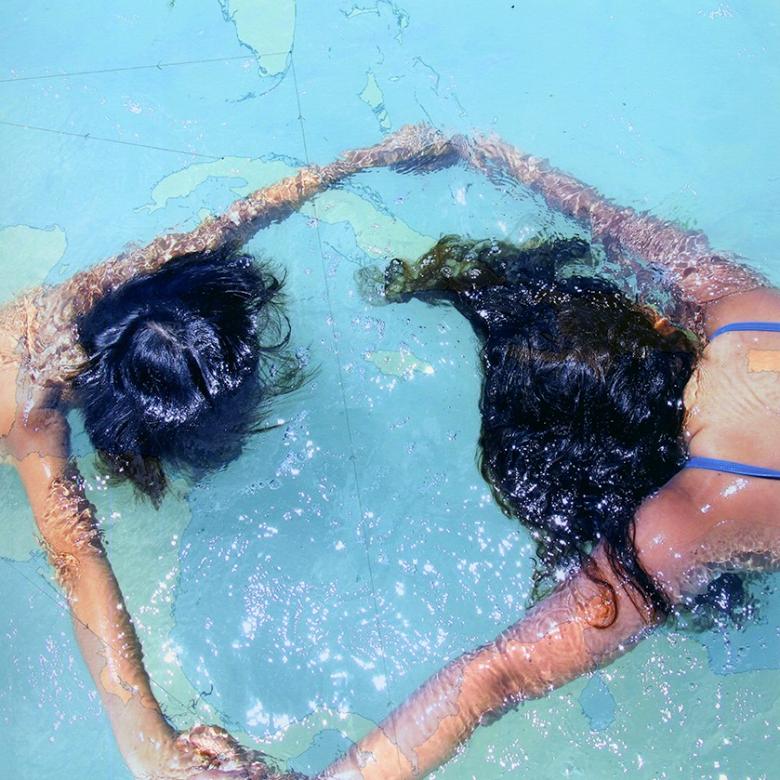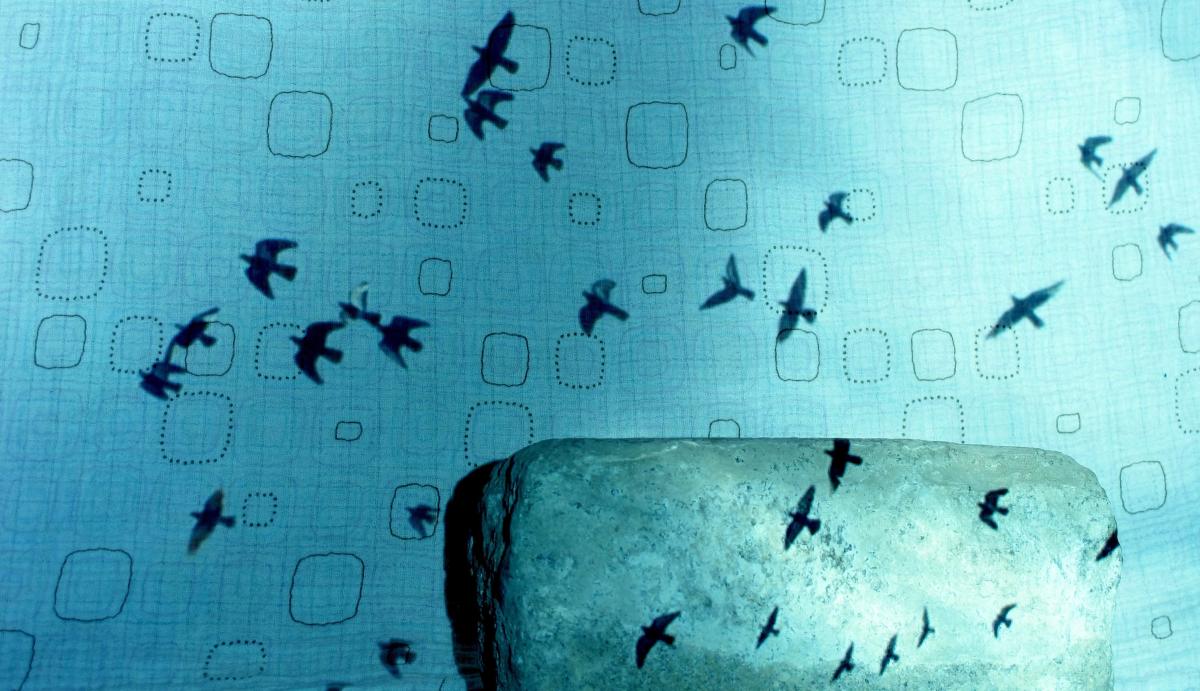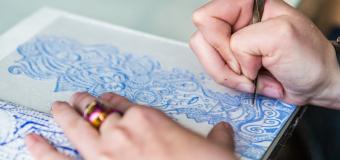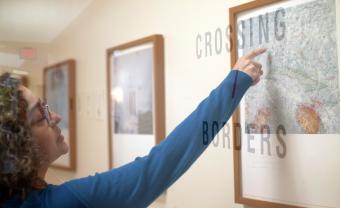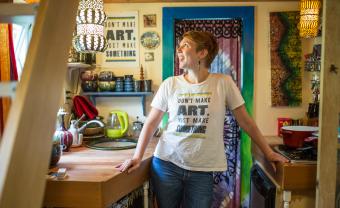On a recent sabbatical, professor Vivian Poey undertook research on her family history to “thread back through generations of migration and exile due to political upheaval.” She used her talents as a photographer to create graphic representations of her research, including “connections and dislocations in relation to home, family, and history.” Vivian is an associate professor in the Creative Arts in Learning programs and the director of the M.Ed. in Arts, Community, and Education program. This is her story.
How the Project Began
I am a naturalized U.S. citizen, born in Mexico of Cuban parents. My U.S. citizenship is due to my grandfather’s birth in Tampa, Florida, while my great-grandfather was in exile during the Cuban War of Independence (also known as the Spanish American War).
This is a difficult story to tell. The work is both historical and personal. The history of Cuba is complex, and my family's place within it is both illustrious and unsavory. History has consequences, and while we can't be blamed for what someone did in the past, we must understand how we benefit from that history and take responsibility to act on that knowledge. The history of slavery in Cuba is deeply intertwined with the history of sugar and revolution in Haiti. My parents came to the U.S. from Cuba; my husband's from Haiti.
This research led me to a wide range of sources, from family stories and personal communication with academics doing Cuban research, to books, letters, journals, online articles, transcripts of speeches, a trip to the Museum of Natural History, historical maps, and a DNA test. I also went with my family to Cuba shortly after President Obama's visit. We stayed with family that we hardly knew in a trip that collapsed stories from the past with a difficult but hopeful present.
This work is still very much in progress and is based on an investigation that zigzagged through the past and the present. This work is the beginning of a body of artwork that will be fleshed out and expanded to also include the extensive research that has fueled it—research that took me to the Haitian Revolution and by default to the French Revolution and, of course, Cuba.
My research began with a photographic family biography. What follows are some of the biographies and photographs that are layered to include images from the past and the present. Every map matches the date of each exile, and is from the time frame of the event it represents.
